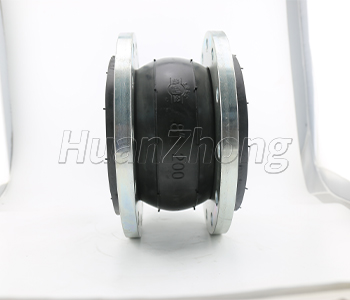Why do rubber joints need to be vulcanized first?
Why do rubber joints need to be vulcanized first?
Rubber joints are used in piping systems to absorb vibrations, reduce noise, and compensate for thermal expansion and contraction. They are made of rubber and have flanges on either end that connect to the piping system. Before they can be used, rubber joints need to be vulcanized. Vulcanization is a process that involves heating the rubber to a high temperature and adding sulfur or other chemicals to improve its properties. Here are some reasons why rubber joints need to be vulcanized first:
1. Strength: Vulcanization improves the strength and durability of the rubber. It cross-links the polymer chains in the rubber, making it more resistant to wear, tear, and deformation. This is important for rubber joints, which are subjected to a lot of stress and movement in piping systems.
2. Chemical resistance: Vulcanization improves the chemical resistance of the rubber. It makes the rubber more resistant to oils, acids, and other chemicals that can degrade it over time. This is important for rubber joints, which are often exposed to a variety of fluids in piping systems.
3. Heat resistance: Vulcanization improves the heat resistance of the rubber. It allows the rubber to withstand high temperatures without melting or deforming. This is important for rubber joints, which are often used in systems that operate at high temperatures.
4. Compression set resistance: Vulcanization improves the compression set resistance of the rubber. It allows the rubber to maintain its shape and elasticity even after being compressed for long periods of time. This is important for rubber joints, which are often subjected to compression and expansion in piping systems.
5. Adhesion: Vulcanization improves the adhesion of the rubber to other materials, such as metal flanges. It allows the rubber joint to form a strong, leak-proof seal with the piping system. This is important for preventing leaks and maintaining the integrity of the system.
In summary, rubber joints need to be vulcanized before they can be used in piping systems because vulcanization improves the strength, chemical resistance, heat resistance, compression set resistance, and adhesion of the rubber. These properties are important for ensuring the reliability and longevity of the rubber joint in the piping system.
